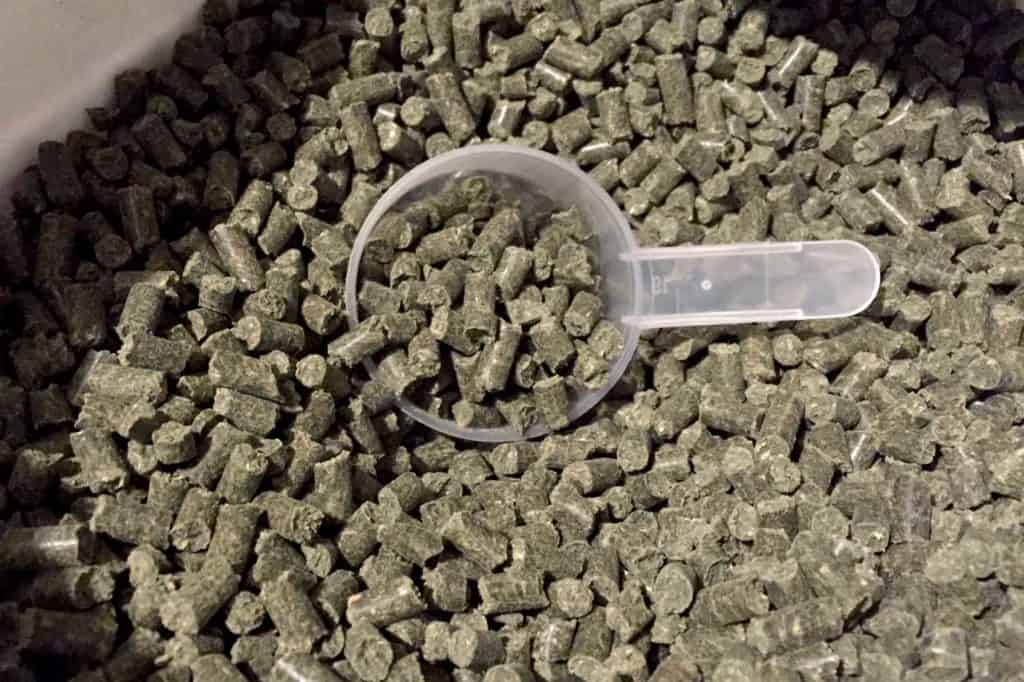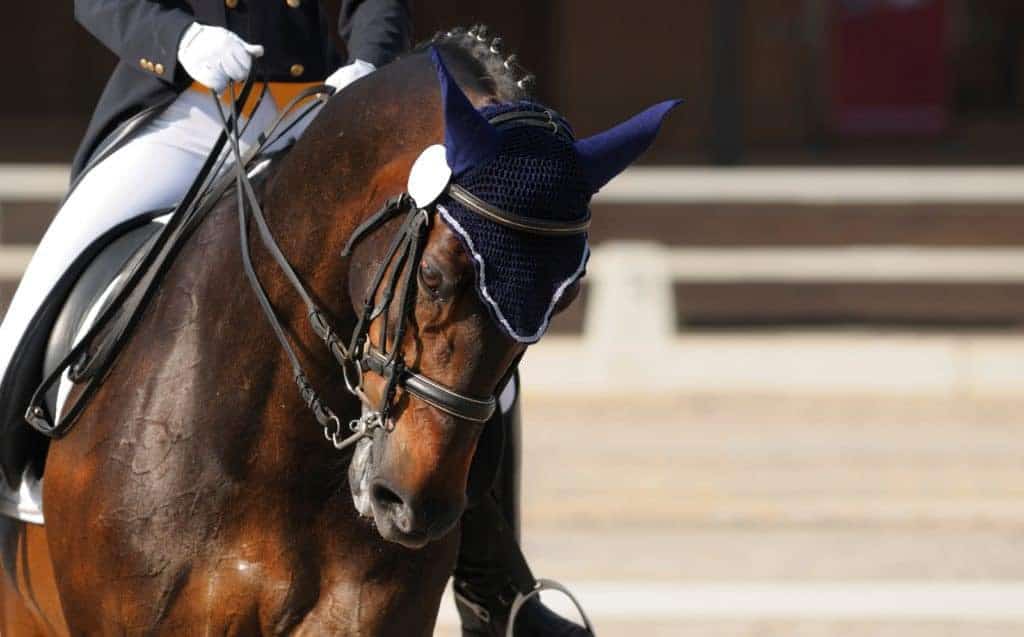
Weight Gain More Than Doubles a Horse’s Laminitis Risk
Horses and ponies that gain weight are more than twice as likely to develop laminitis than if they lose or maintain their weight, a recently published study revealed.
Prevention, diagnosis, and treatment of leg lameness

Horses and ponies that gain weight are more than twice as likely to develop laminitis than if they lose or maintain their weight, a recently published study revealed.

When riding your horse in the woods or the wilderness, things can go wrong–and usually when least expected. Here are some possible predicaments you might face while out on the trail.

Is it cause for concern if a horse lies down frequently?

Combination supplements claiming to support joints, gut health, coat quality, and more might make feeding time easier, but do they work?

In any discipline, cross-training in the key to keeping a horse’s neck and back healthy, says Dr. Kevin Haussler of Colorado State University.

Researchers confirmed that a technique called acoustic myography could be useful for evaluating suspensory ligament function, which could mean more straightforward diagnoses, treatment recommendations, and monitoring of these injuries as they heal.

Horses can experience back pain during flexion and bending through the body, which can lead to resistance in the canter. Dr. Kevin Haussler of Colorado State University explains.

The name might sound romantic, but in reality kissing spines often cause heartbreak and bring nothing but pain. Find out if this condition is the cause of your horse’s back pain or poor performance.

Intra-articular (administered into the joint) polyacrylamide hydrogel helped decreased lameness in horses with naturally occurring arthritis, researchers found.

Dr. Kevin Haussler of Colorado State University describes how a saddle should fit horses and how he investigates saddle-fit issues that might cause back pain.

Dr. Kevin Haussler of Colorado State University describes the skeletal and soft tissues structures of the equine neck and back and what can go wrong with them.

Both cold and heat therapy can help improve injury healing, but they can be difficult to apply to horses. So, researchers recently tested a pneumatic sleeve designed specifically for administering contrast therapy to horses’ lower limbs. Here’s what they found.

Officials from the Keeneland Association, Fasig-Tipton Company, and Ocala Breeders’ Sales Company announced they will enable buyers of horses younger than 4 years old to have those horses tested for bisphosphonates.

Research topics include racehorse injury prevention, stem cells, placentitis treatment, immune responses to EHV-1, and more.

An analysis of data from the Equine Injury Database revealed an overall fatal injury of 1.68 per 1,000 starts in Thoroughbred racing,

While there was no significant difference in outcome between patients treated conservatively compared to surgically, the overall prognosis for long pastern bone damage in sport horses remains guarded, researchers said.
Stay on top of the most recent Horse Health news with
"*" indicates required fields